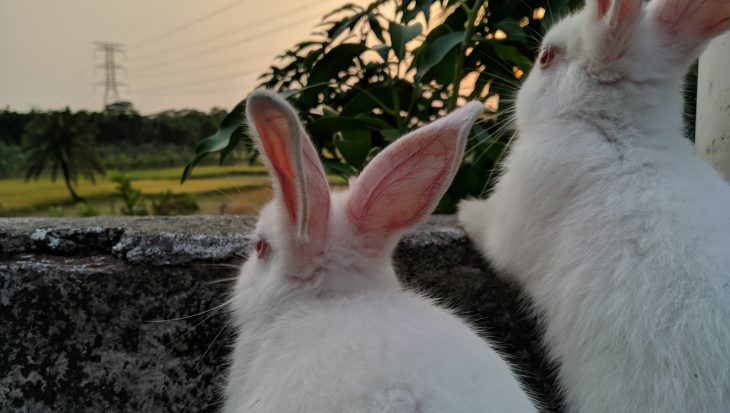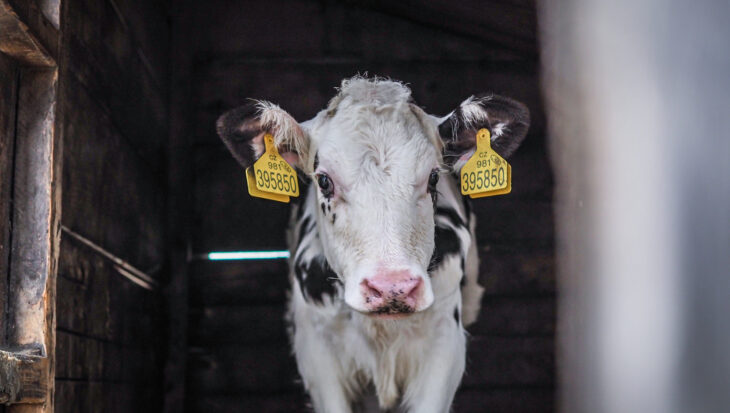The government has today (28 August) announced the scale of a new round of badger killing as the central plank of its anti-bovine TB campaign. In West Somerset a maximum of 524 badgers can be killed over the coming months under government licence. The figure for West Gloucestershire is 679. In Dorset, which was not part of the sanctioned slaughter last year, as many as 835 can be destroyed.
The killing gangs are sanctioned to shoot free-running badgers at night, a plan condemned by the British Veterinary Association because of the prospect of inflicting devastating injuries and suffering. The government, in today’s announcement, also makes clear that it has pigs, goats and deer in its sights, as potential reservoirs of the disease, and therefore suitable targets for destruction. It is currently ‘calling for views’ on the merits of killing these animals as a further step to bovine TB control.
Says Animal Aid Director, Andrew Tyler:
‘Since 1975, more than 30,000 badgers have been killed in failed government attempts to control bovine TB, yet tests revealed that 80 per cent of the slaughtered animals were free of the disease. Equally disturbing is the failure to acknowledge the key role that intensive farming methods play in the TB crisis. Commercial cows are selectively bred for unnatural levels of milk production; they are fed an almost indigestible high protein diet; they are increasingly confined in units that allow them rare forays into the fresh air; and their calves are invariably taken from them at birth.
‘These appalling strains lead not just to a high incidence of bovine TB, but also to a range of devastating conditions whose economic impact far outweigh that of TB itself. 90,000 cattle are culled annually due to mastitis, 31,000 due to lameness, and 125,000 as a result of reproductive failure.’
Effective measures to reduce or even eradicate bovine TB from farms first of all require the elimination of intensive farming methods. Research also shows that where hedges and ungrazed strips of land are left on a farm, incidence drops. Cattle with an adequate mineral intake are also less susceptible to the disease. Providing mineral licks or enriching the soil – depleted by intensive farming and fertiliser use – has resulted in many farms remaining bovine TB-free, despite those around them succumbing.

